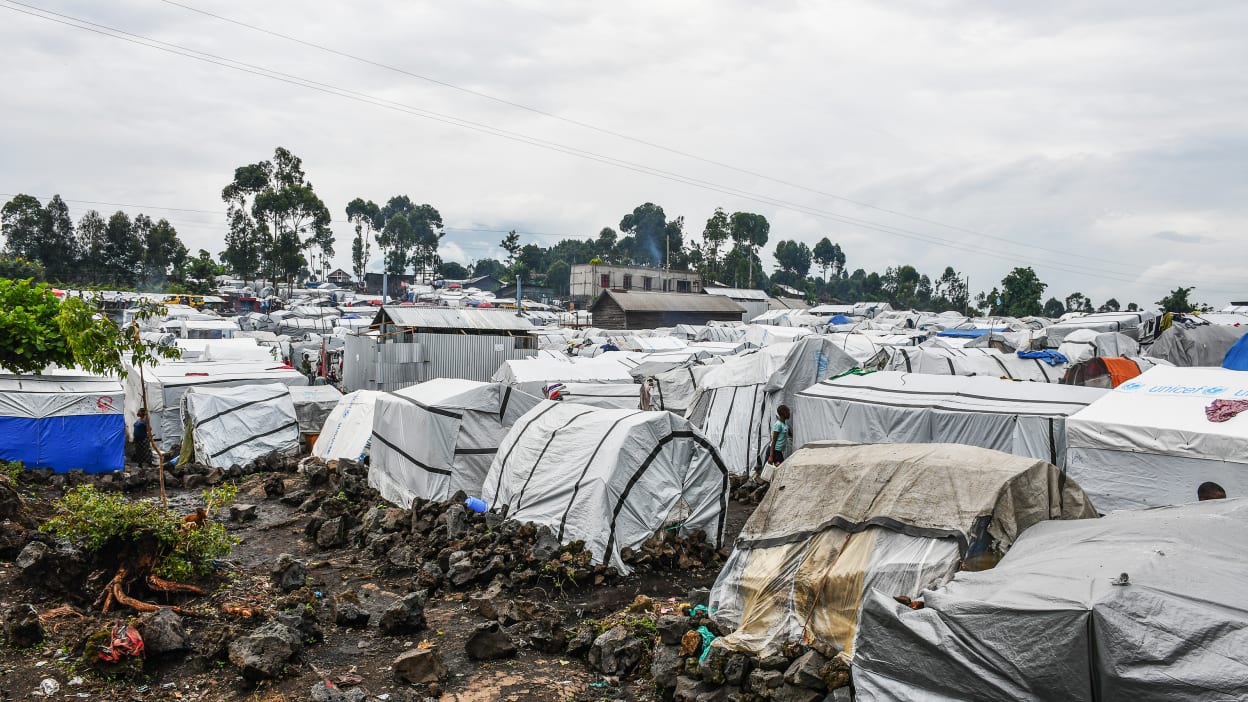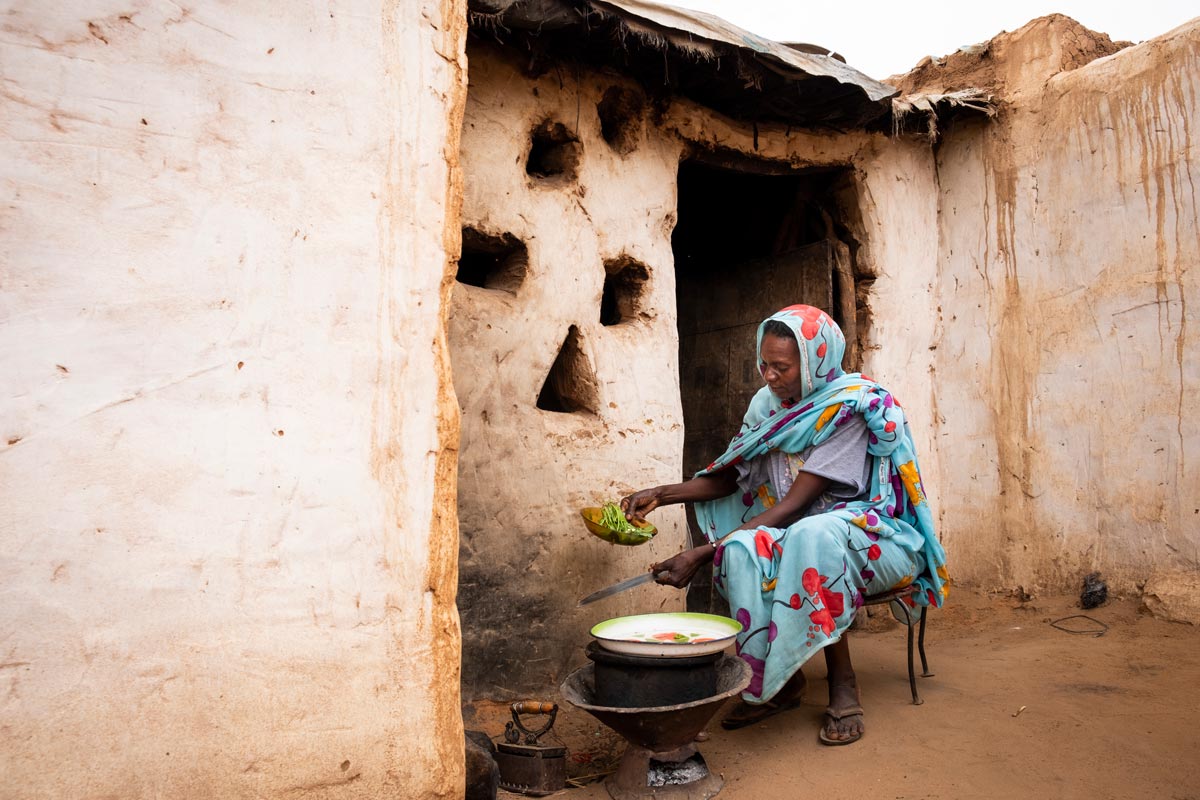Ethiopia, Rusal Sign $1 Billion Deal for 500,000 tpy Aluminium Smelter


Quidah is an online platform that connects investors with curated opportunities and expert insights on Africa’s emerging markets, while offering businesses promotional services, partnership facilitation, and market intelligence to attract capital and grow their operations.
Industries
Ethiopia has signed a preliminary agreement with Russia’s Rusal to develop a 500,000-tonne-per-year aluminium smelter, a project that would establish East Africa’s first major refining hub and expand the continent’s limited smelting footprint. The initiative is intended to strengthen import substitution, boost exports, and anchor new industrial capacity.
Rusal and Ethiopian Investment Holdings signed a memorandum of understanding for the project, whose first phase is valued at roughly $1 billion. About 70% of the financing is expected to come from debt partners that have already indicated interest. Once construction begins, completion is expected within three to four years, and the facility could operate for up to 50 years. A full feasibility study and site selection process are currently underway.
Africa’s aluminium smelting capacity remains concentrated despite abundant bauxite deposits, especially in Guinea. South Africa’s Hillside produces around 720,000 tonnes annually, while Mozambique’s Mozal adds roughly 580,000 tonnes. Egyptalum and Ghana’s VALCO contribute smaller volumes. An Ethiopian facility of this scale would broaden regional output and create an East African anchor asset. The International Aluminium Institute forecasts global demand to rise by about 40% by 2030, reinforcing the case for competitively powered new capacity.
The project aligns with Ethiopia’s strategy to curb foreign-exchange outflows tied to aluminium imports and strengthen long-term industrial and export competitiveness. If fully executed, the plant could support downstream fabrication and regional supply chains while expanding Russia’s industrial role in a strategically situated African market.
A 500,000 tpy smelter would be meaningful for Africa yet modest in global terms, suggesting minimal impact on benchmark prices but potential reductions in regional premiums across East Africa and the Red Sea corridor. Local demand from infrastructure, construction, and packaging industries could support steady offtake. Power will remain decisive: Ethiopia’s hydropower base offers the potential for low-carbon metal that attracts green premia, though risks include grid stability, seasonal hydrology, and the need for transmission upgrades.
Financing viability will depend on interest rates, currency convertibility, sovereign risk, and the structure of the roughly 70% debt component. Progress toward a final investment decision requires long-term power purchase agreements, EPC contracting, construction guarantees, export credit support, and firm offtake agreements. Russian involvement also introduces sanctions-related challenges that could affect financing, insurance, logistics, and marketing. Ethiopia’s lack of direct port access adds logistical pressure, particularly around alumina supply, anode imports, and inventory financing. Long-term feedstock contracts or backward integration will be essential, alongside stable government policy on incentives, FX access, and trade facilitation.
Key milestones ahead include completion of the feasibility study, confirmation of site and power tariffs, finalization of PPA terms, EPC and technology selection, debt mandates, offtake agreements, and a formal final investment decision.


